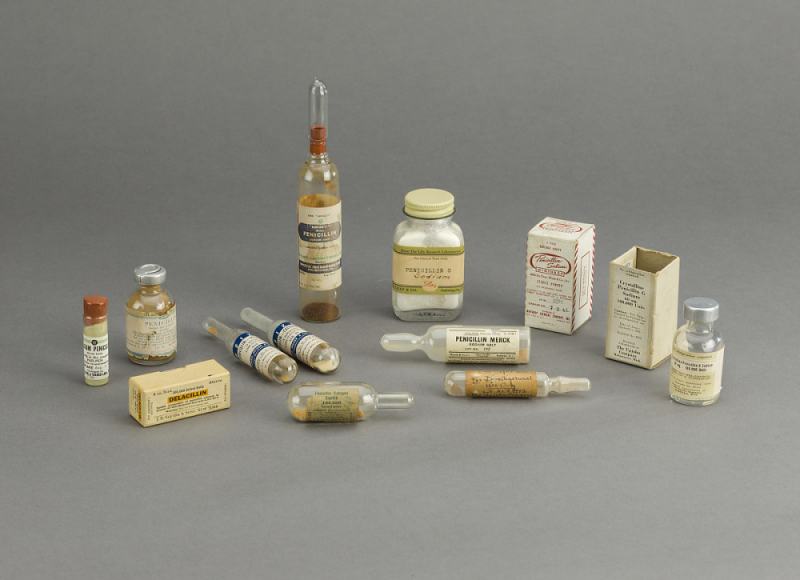Penicillin

The term "penicillin" refers to a class of -lactam antibiotics that were first derived from Penicillium molds, primarily P. chrysogenum and P. rubens. By employing deep tank fermentation and subsequent purification, P. chrysogenum produces the majority of penicillins that are used in medicine. Even though several natural penicillins have been found, only two pure compounds—Penicillin G (for intramuscular or intravenous usage) and Penicillin V—are currently used in clinical settings. Many bacterial illnesses brought on by staphylococci and streptococci were among the first conditions that penicillins were able to treat. Even though numerous bacteria have developed resistance as a result of repeated use, they are nevertheless often used today to treat various bacterial diseases.
Penicillin was first developed in 1928 by Scottish physician Alexander Fleming. But it wasn't until 1942 that it was actually used. The discovery of the first recognized antibiotic signaled a turning point in human history and paved the way for the treatment of many bacterial infections. The first human studies were conducted by Australian pathologist Howard Florey and his team after stabilizing penicillin. Penicillin was mass-produced with American funding, which changed the course of World War II, and thousands of military soldiers were treated with it. Penicillin is thought to have saved between 80 and 200 million lives, and without its discovery and use, 75% of today's population would not be alive today!
Discovered in: 1928
Discovered by: Alexander Fleming
Usage: Treatment of infection








